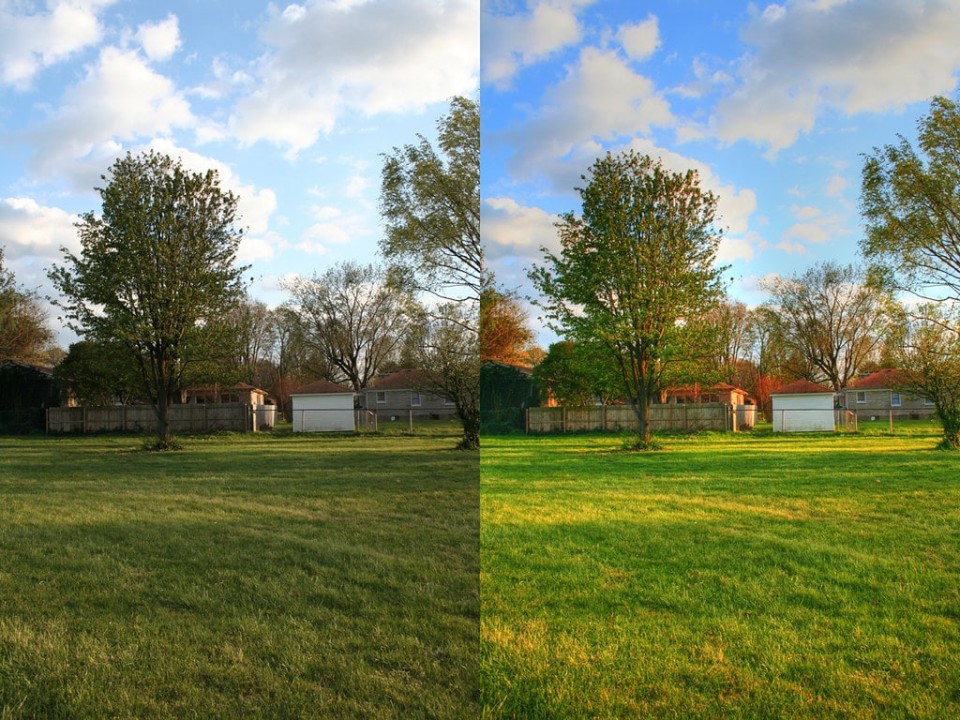
What is HDR mode in Camera?
HDR stands for High Dynamic Range in the context of photography and camera technology. It is a technique used to capture and display a broader range of brightness and contrast in a scene than a standard camera can achieve in a single exposure. HDR allows you to capture details in both the brightest and darkest parts of a photo, resulting in images that look more true to what the human eye perceives.
Here's how HDR works in cameras:
1. Multiple Exposures: To create an HDR image, a camera takes multiple photos of the same scene at different exposure levels. Typically, it captures at least three exposures: one underexposed (to capture details in the highlights), one correctly exposed, and one overexposed (to capture details in the shadows). Some cameras or HDR software may take more exposures for greater dynamic range.
2. Tone Mapping: Once the multiple exposures are captured, they are merged or combined using specialized software or in-camera processing. This merging process is where the magic of HDR happens. The software analyzes each exposure and selects the best parts of each to create a single image that preserves the details in both the highlights and shadows.
3. Adjustment and Compression: The merged HDR image often has a high dynamic range, which means it contains a wide range of tonal values. To make it viewable on standard displays (which have limited dynamic range compared to the human eye), a process called tone mapping is applied. Tone mapping compresses the dynamic range of the HDR image into a range that can be displayed on screens or printed. This step involves adjusting the brightness, contrast, and color balance to produce a final image that looks natural.
4. Final Output: The final HDR image can be saved in various formats, including JPEG or TIFF, and can be viewed on standard displays or printed. Some HDR images may have a more surreal or artistic look due to the expanded dynamic range and enhanced detail.
HDR photography is particularly useful in situations where there is a wide range of lighting conditions, such as landscape photography with bright skies and dark foregrounds, or when capturing scenes with intricate details in both highlights and shadows. It helps photographers create images that closely resemble the visual experience of being at the scene.
Keep in mind that while HDR can produce stunning images, it's important to use it judiciously, as excessive use can result in unnatural-looking photos. Many modern smartphones and digital cameras have built-in HDR modes that make it easier for users to capture and create HDR images.